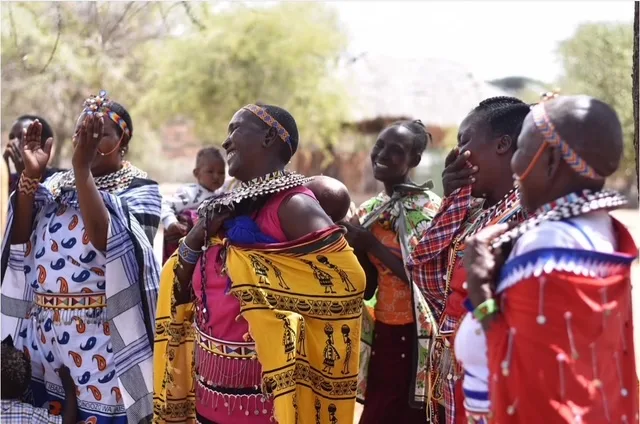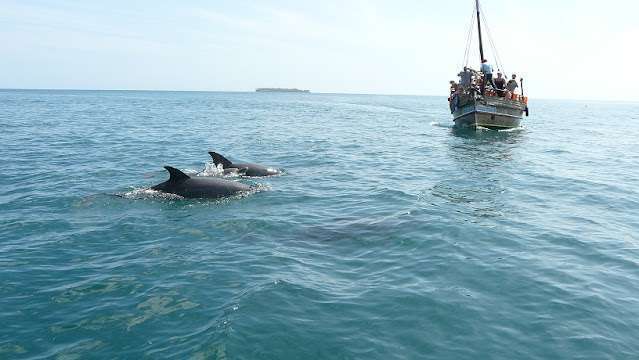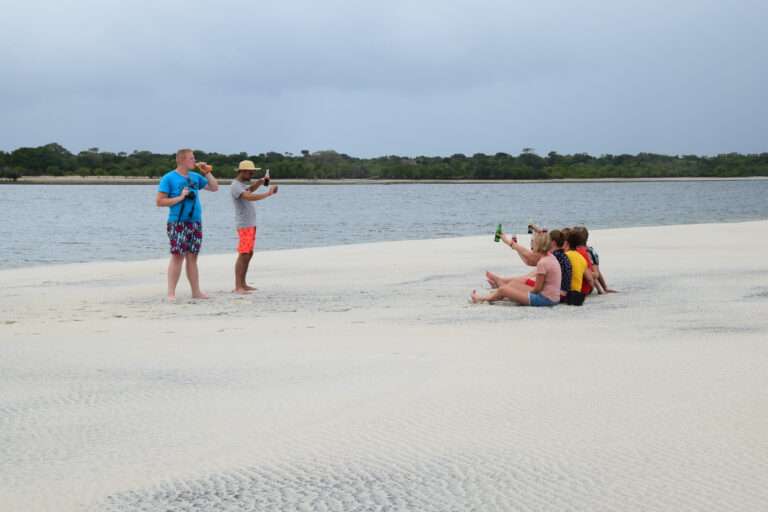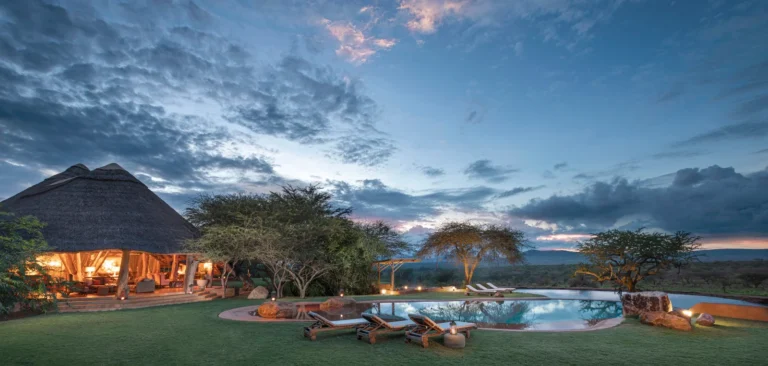- Home
- Destination
- Safaris
- Kenya
- 10 Days around Mount Kenya
- 7 Days Great Rift Bike Safari
- 7 Days Best of Birding Safari
- 7 Days Lake Turkana Safari
- 13 Days Kenya’s Historic Railway
- 14 Days Kenya’s Rift Valley Lakes
- 8 Days at the Beautiful Diani Beach
- 8 Days South Coast & Tsavo East
- 12 Days Photographic Safari
- 10 Days Beach Safari from Diani to Lamu
- 8 Days Kenya Horizon
- 12 Days Across Kenya
- 10 Days Flying Safari Amboseli and Northern Kenya
- Tanzania
- Uganda
- Rwanda
- Kenya
- About Us
- Travelling Tips
- Gallery
- Blog
- Home
- Destination
- Safaris
- Kenya
- 10 Days around Mount Kenya
- 7 Days Great Rift Bike Safari
- 7 Days Best of Birding Safari
- 7 Days Lake Turkana Safari
- 13 Days Kenya’s Historic Railway
- 14 Days Kenya’s Rift Valley Lakes
- 8 Days at the Beautiful Diani Beach
- 8 Days South Coast & Tsavo East
- 12 Days Photographic Safari
- 10 Days Beach Safari from Diani to Lamu
- 8 Days Kenya Horizon
- 12 Days Across Kenya
- 10 Days Flying Safari Amboseli and Northern Kenya
- Tanzania
- Uganda
- Rwanda
- Kenya
- About Us
- Travelling Tips
- Gallery
- Blog
Lake Manyara National Park
HIGHLIGHT
As you approach Lake Manyara National Park, the Rift Valley escarpment looms on the eastern horizon forming an impressive backdrop to the lake. Nestling at the base of the Great Rift Valley escarpment the park is noted for its incredible beauty.
Overview
How to get there
What to See & Do
Climate
Map
Overview
Background Information
As you approach Lake Manyara National Park, the Rift Valley escarpment looms on the eastern horizon forming an impressive backdrop to the lake. Nestling at the base of the Great Rift Valley escarpment the park is noted for its incredible beauty. The mosaic of the Park’s varying habitats is easily seen: the rift wall, the ground water forest, acacia woodlands, open grassland, the lake shore, swamp and the lake itself.
Visitors are likely to see lion, oftentimes resting up in the acacia trees, zebra, elephants, waterbuck, hippo, baboon, and a large variety of bird life. It is difficult to imagine a more spectacular setting on the edge of the Mto Wa Mbu escarpment, overlooking the Great Rift Valley and the stunning Manyara soda lake. Tree climbing lions are but one lure. The extraordinary birdlife has made this place world-renowned among ornithologists, who come to observe the masses of pink flamingos and birds of prey.
How to get there
By Road: Lake Manyara National park is located in Northern Tanzania, 126 km west of Arusha town along the Makuyuni-Ngorongoro road, strategically located along the high way to Ngorongoro and Serengeti and is easily accessible by road and air (charter or scheduled flights). The park is close to the ethnically diverse town of Mto wa Mbu in which a representation of the 120 tribes of Tanzania is found.
By Air: Most safaris to this circuit (Manyara NP in particular) start from the town of Arusha. The best option to get there is to fly into Kilimanjaro International Airport (JRO), which is situated about 46km/29mi from Arusha. It is also possible to fly into Julius Nyerere International Airport (DAR) in Dar es Salaam and fly on to Arusha Airport (ARK) or Kilimanjaro International Airport (JRO) using a domestic flight.
There are flights from Arusha and the Serengeti to Manyara’s airstrip, but the trip from Arusha on the tarred road only takes one and a half hours by car. Most people do the circuit by safari vehicle, especially as the park is on the way to Ngorongoro Crater and Serengeti (the other parks of the northern circuit).
Coming from the Ngorongoro Crater, the driving time is about two hours to cover the 80km/50mi. The driving time from Tarangire NP is also two hours to cover about 100km/60mi.
By car, one can also take a trip (road safari) to the newly tarred road from Arusha which only takes 1 ½ to 2 hours to reach the entrance gate. Considering that Manyara Park is on the way to Ngorongoro crater and the Serengeti which are the other parks of the northern circuit, most people prefer to take a circuit by a safari vehicle.
What to See & Do
The park has a good supply of wildlife and is known for its legendary tree-climbing lions and impressively tusked elephant. Large buffalo, wildebeest and zebra herds congregate on the grassy plains. The hippo pool is a good place to see these creatures up close. The lake is a seasonal home to large flocks of flamingos, and a wide array of waterbirds can be found on the shore at all times.
Best Time to Visit
The wildlife watching is good at Lake Manyara practically all year. As a consequence, it’s high season in the park for all but two of the wetter months (April and May). That means maximum prices and lots of tourists, particularly in the morning. Less people come during the Wet season (November to May), however, so you might want to time your visit accordingly.
Climate
The climate never overheats at Lake Manyara, where average daytime temperatures peak at around 29°C/84°F in the Wet season (November to May). The pattern in this period is a month or two of ‘short rains’, then a dry spell, then a longer stretch of rain. It’s slightly cooler in the Dry season (June to October). The temperature plummets at night, however. Freezing conditions are rare, but they can happen.
Map
Example Trips
Book Your Safari
Browse our example trips and get in contact to start planning your very own adventure.
Our Stories
© 2025 Copyright Adventure Expeditions













